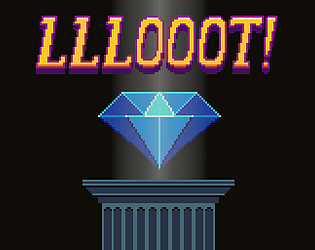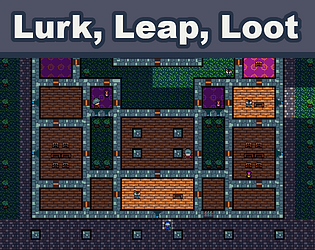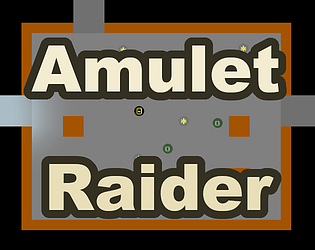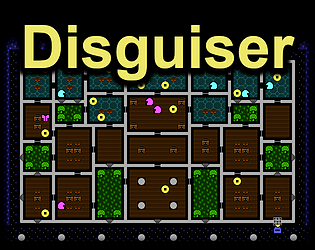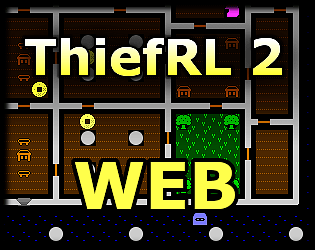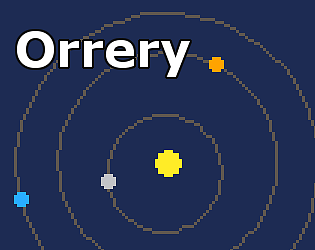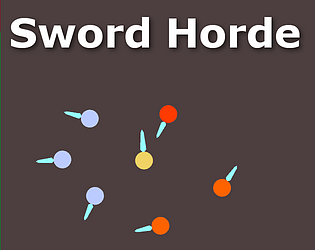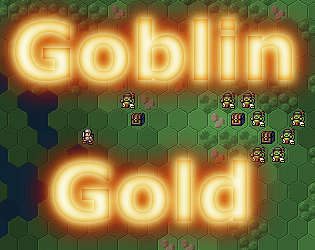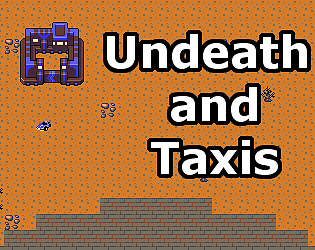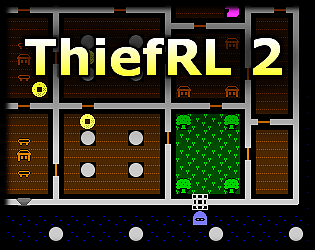Thanks for the notes! I’m glad you had fun with it. All my old games are kind of hard to see on modern screen resolutions. It’s true that the game does not have a ton of variety. You can experiment with the different vehicles’ handling characteristics, and hunt for the hidden caches, but that’s about it. You can read the dev diary for it here: https://playtechs.blogspot.com/search/label/2017-7drl
This 7DRL actually started out intending to be a space game. I mention the Racetrack game but I’d actually previously done some work trying to adapt a board game called Triplanetary, which has this control scheme on a hex grid (with no speed limits). I started the week with the hex grid from my previous 7DRL, Goblin Gold. I needed to scope down so I switched to a square grid and kept the game on land. The game had a bit more flavor and theme than my previous 7DRLs so I was happy for that. And I thought the road generation worked pretty well.
I have not played CDDA or Auto Fire, at least not any amount I remember. Will have to check those out; thanks for the leads!


